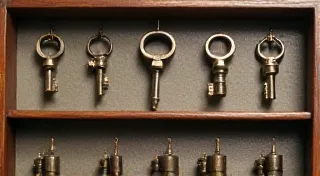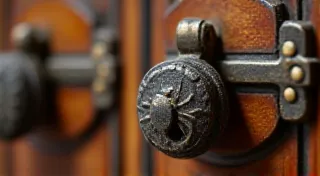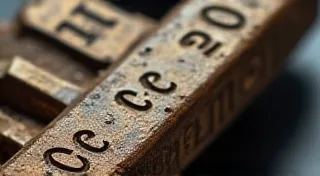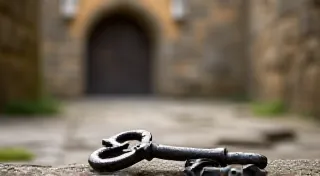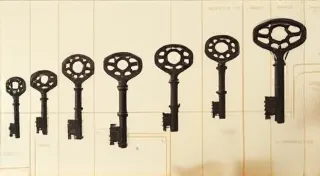Keys from the Colonial Era: A Glimpse into the Past
The keys we use today are, for the most part, relatively standardized. However, a fascinating look into the past reveals the keys used during the Colonial Era were markedly different, reflecting the era's technology, craftsmanship, and societal needs. Understanding these keys provides a tangible connection to a pivotal period in history and adds a unique dimension to the joys of key collecting.
The Technological Landscape
During the Colonial Era (roughly 1607-1776 in North America), mass production simply didn't exist. Keys were primarily handcrafted by blacksmiths and skilled artisans. This meant each key was a unique piece, bearing the marks of its maker. The techniques employed were relatively simple: primarily forging and filing. This resulted in keys that were often thicker and heavier than modern keys, and often possessing a more rustic aesthetic. The process of creating a key from raw materials was a testament to the blacksmith’s skill, requiring an understanding of metalworking principles and a keen eye for detail.
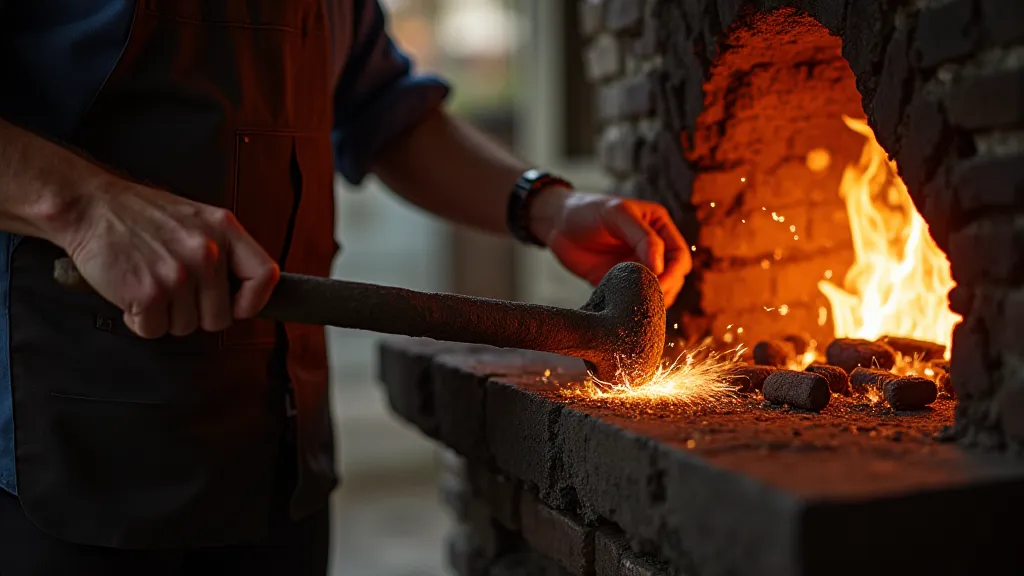
Materials Used
The most common material was wrought iron, readily available and easily worked. Occasionally, brass was used, particularly for keys intended for more decorative purposes or for locks owned by wealthier individuals. Keys crafted from copper were rare but highly prized, often demonstrating a higher level of skill and detail in their creation. The selection of material often dictated the key's function and perceived value – a key forged from sturdy wrought iron would be reserved for critical security, while a brass key might adorn a vanity or jewelry box.
Key Types and Their Uses
The types of keys found from the Colonial Era varied considerably. Here are a few examples:
- Wedge Keys: These were among the most common, particularly in the early Colonial period. They were characterized by a wedge-shaped bit that engaged with the lock mechanism. They’re generally heavier and more robust than later key types.
- Bit Keys: Slightly later than wedge keys, bit keys had a more defined “bit” that extended further and engaged with the lock’s levers.
- Cabinet Keys: Smaller and more decorative, these keys were used for cabinets, desks, and other furniture. They often featured more elaborate designs.
- Box Keys: Simple, often small keys used for boxes. These are frequently found and are good starter pieces for key collectors.
- Mortise Keys: A step towards the more modern style, these keys had a mortise (a hole) cut into the bit, which engaged with a specific part of the lock mechanism. The evolution towards mortise keys signified a shift in lock technology, providing greater security and complexity.
Understanding the nuances of these key types often requires careful examination and a bit of detective work. For those interested in delving deeper into identifying markings on antique keys and understanding their origins, a guide to decoding key marks can be incredibly helpful. It provides the foundational knowledge needed to differentiate genuine antique keys from later reproductions.
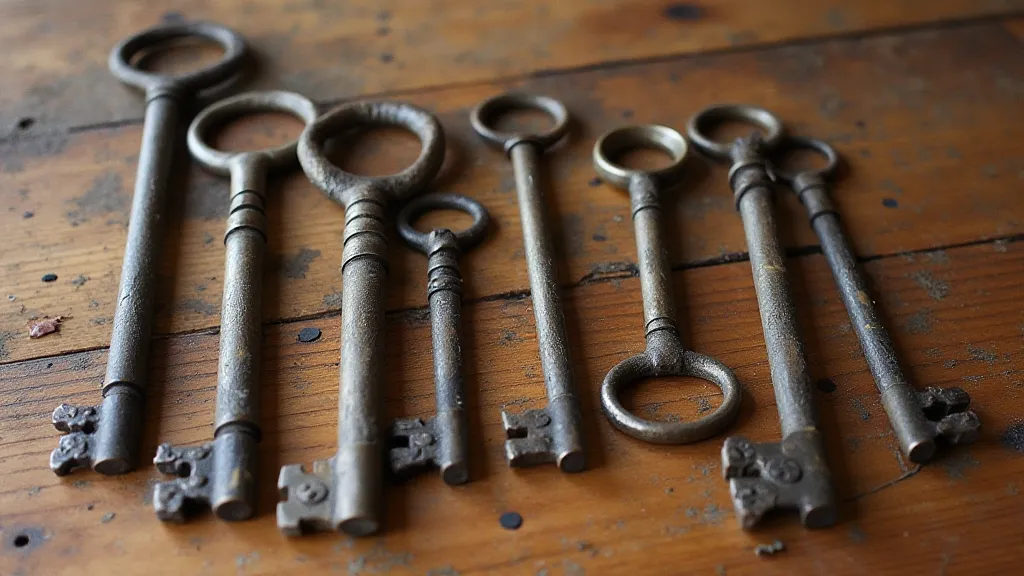
Reflecting Societal Needs
The design of Colonial keys often reflected the specific needs of the time. For instance, keys for important buildings or businesses were often larger and more robust, designed to deter theft. Household keys were typically smaller and more functional. The level of ornamentation on a key often correlated with the owner’s social standing. A landowner's key to his estate would likely be a substantial piece, while a servant’s key would be simpler and more utilitarian. This distinction speaks volumes about the social hierarchy and the importance of security in a time when law enforcement was rudimentary. Consider the master keys used to control access to entire properties – their history and usage offers a captivating glimpse into the power dynamics of the era. Learning more about master keys reveals the intricate systems in place to manage access and maintain control.
Identifying Colonial Keys
Identifying a key as originating from the Colonial Era can be tricky. It requires a combination of careful observation and a bit of historical context. Consider the following:
- Material: Wrought iron is a strong indicator. The absence of modern alloys almost guarantees an earlier date.
- Design: The presence of a wedge key or a simple bit key suggests an earlier date. More complex mortise systems point to later developments.
- Wear and Tear: Significant wear and patina often indicate age. However, it’s crucial to differentiate natural wear from deliberate attempts to artificially age keys.
- Size & Weight: Earlier keys are generally heavier due to the thicker stock of wrought iron used.
- Markings: Examining the shank and bow for any maker's marks or inscriptions can provide valuable clues, although these are often faint or illegible.
Consulting with experienced key collectors or antique dealers can provide valuable insights. They possess a wealth of knowledge and can often identify features that might be missed by the untrained eye. Many collectors participate in auctions and online marketplaces to acquire rare and unique keys. Those interested in exploring these avenues can find useful information on key auctions and online marketplaces.
The Evolution of Key Blanks and Their Significance
The types of keys weren’t static. They evolved alongside advancements in lock-making technology and changing societal needs. Early keys, primarily wedge and bit keys, were direct reflections of the basic locking mechanisms they engaged with. As lock designs became more sophisticated, so too did the keys required to operate them. The standardization of key blanks – the unfinished forms from which keys are cut – was a later development, largely absent during the Colonial period where each key was a bespoke creation. Understanding common key blanks offers a contrasting perspective on the unique nature of Colonial-era keys, highlighting their handcrafted origins.
Preserving a Piece of History
Collecting and preserving Colonial-era keys is more than just acquiring beautiful objects; it's safeguarding a tangible connection to a pivotal chapter in history. Each key tells a story, offering a glimpse into the lives of those who came before us. Careful cleaning (avoid harsh chemicals!) and storage are essential for preserving these remarkable pieces. Proper storage involves protecting keys from moisture, extreme temperatures, and direct sunlight, all of which can accelerate deterioration. A simple oiled cloth wrapping can provide adequate protection for short-term storage, while archival-quality boxes are ideal for long-term preservation.
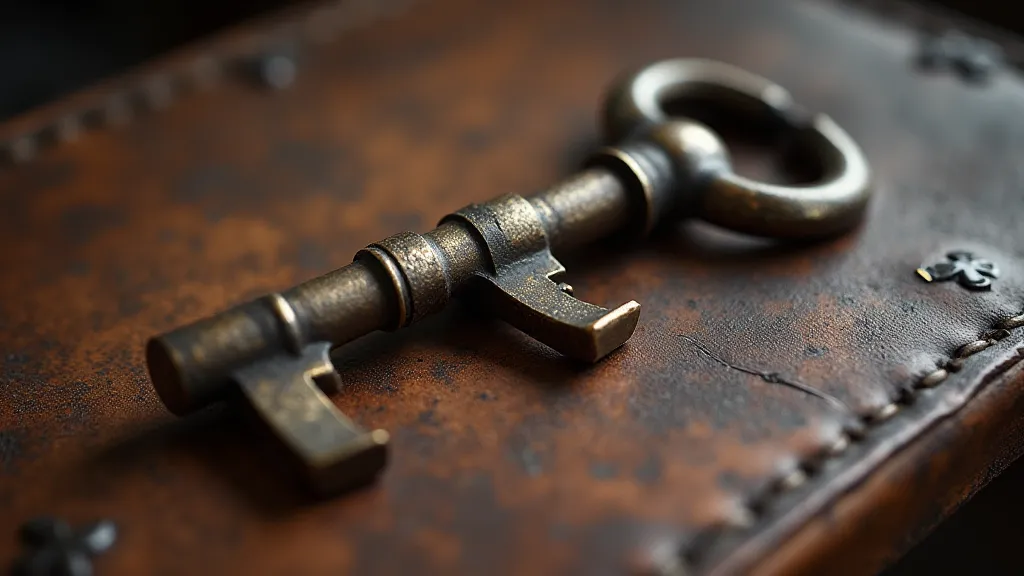
The patina on antique keys is often a subject of debate among collectors. While some view it as a desirable feature, indicative of age and character, others prefer a cleaner appearance. Regardless of personal preference, it's crucial to avoid aggressive cleaning methods that can damage the key’s surface or remove valuable details. A gentle application of a soft cloth and a mild cleaning solution is often sufficient to remove surface dirt and grime.
The study of Colonial keys extends beyond mere identification and preservation. It offers a unique window into the daily lives, security practices, and technological advancements of a bygone era. Each key is a small but significant artifact, connecting us to the past and enriching our understanding of the American experience.
